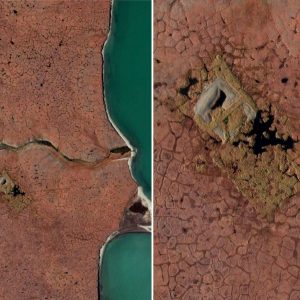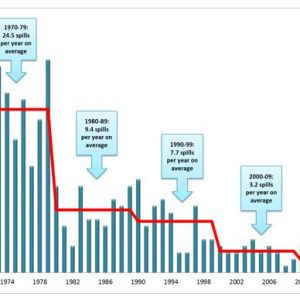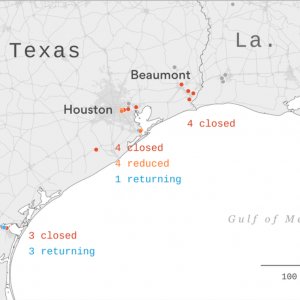Our consortium for the study of the coast and ocean here in the California State University System (aka CSU COAST) just held our annual meeting in Long Beach. While this group’s focus is the entirety of our coastal and marine environment, much of this has a direct bearing on oil spills and how we go about monitoring them. Indeed, this year’s annual meeting focused on monitoring and so was directly applicable to so many aspects of our assessments of spilled petroleum in the coastal zone. While the Chancellor did not make it to this year’s meeting, he was there last year.
Overview
This is a great introduction to CSU COAST if you know nothing about it or what we do. This presentation was by the Director of COAST, Dr. Krista Kamer.
Monitoring Overviews from Partners Across California
Estuary Monitoring
Marine Protected Area Monitoring
Our Work
Rather than showing a professor blab on about our search, two of our undergrads (Tevin Schmitt and Dorothy Horn) did a great job the previous month at the same location. I’ll let them explain what we are doing…
General Meeting Notes
- Really big meeting this year, only Sonoma state is missing (due to an illness).
- Took feedback and changed. Also addressed requirements of EO 1103 so that COAST is now an official CSU institute, permitted to use the logo, etc.
- could be independent staffer
- could be faculty member on reassigned time/buy-out
- considerable time devoted to talking about monitroring efforts in the CSU
- presentations on research opportunities by partners
- NOAA Sanctuaries West Coast Regional Office
- Tijuana River National Estuary Research Reserve
- Ocean Science Trust
- California Department of Fish and Wildlife
- all campuses shared their monitoring efforts in quick 2 minutes summaries
- conversation: research happens in the CSU and we need external stakeholders to know it (guests agreed that research interactions with CSU have been of highest quality), Chancellor White is identifying this as the next growth opportunity for the CSU
- product: using Google Earth, locations and descriptions of monitoring efforts were plotted together; was supposed to spur a discussion about gaps and opportunities, but people pointed out the UCs have monitored efforts that might fill some of those gaps; also talked about the need to connect monitoring efforts (e.g., through common protocols) and need to make data available





Leave a Reply